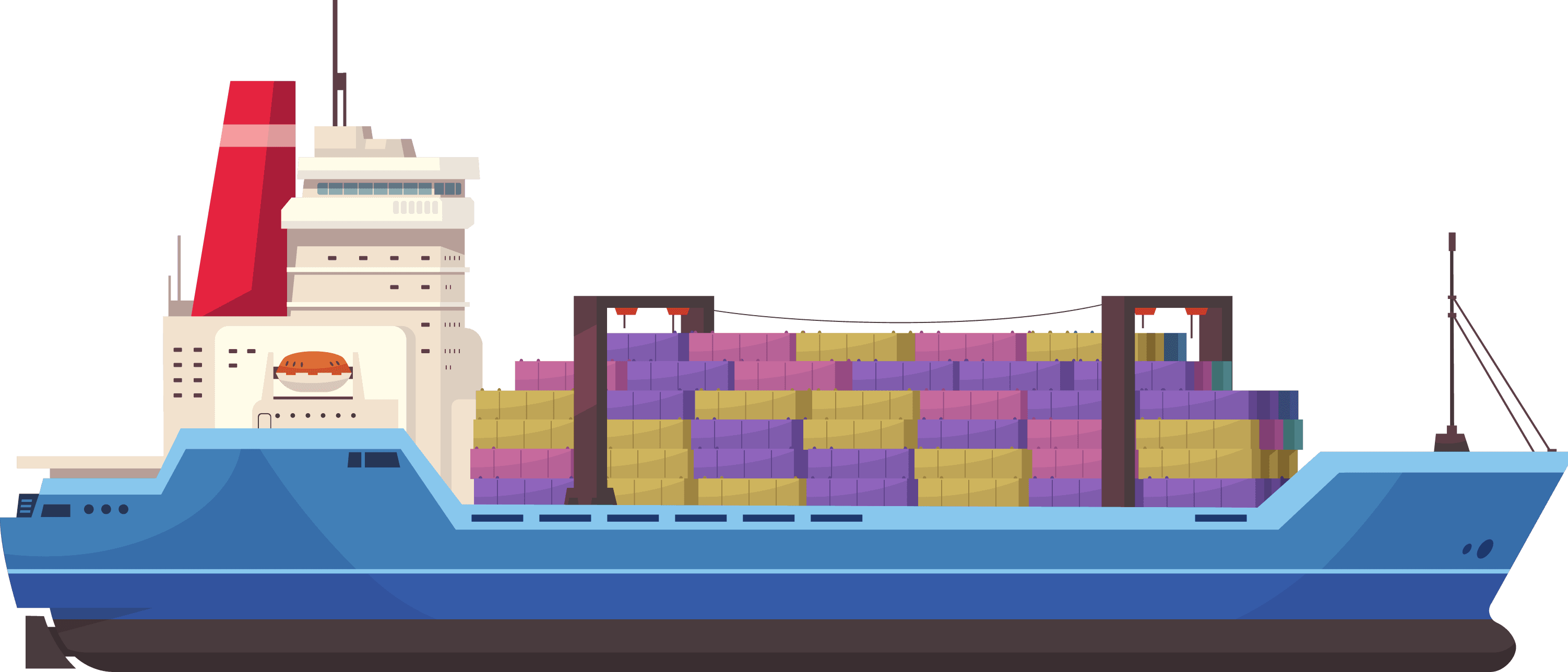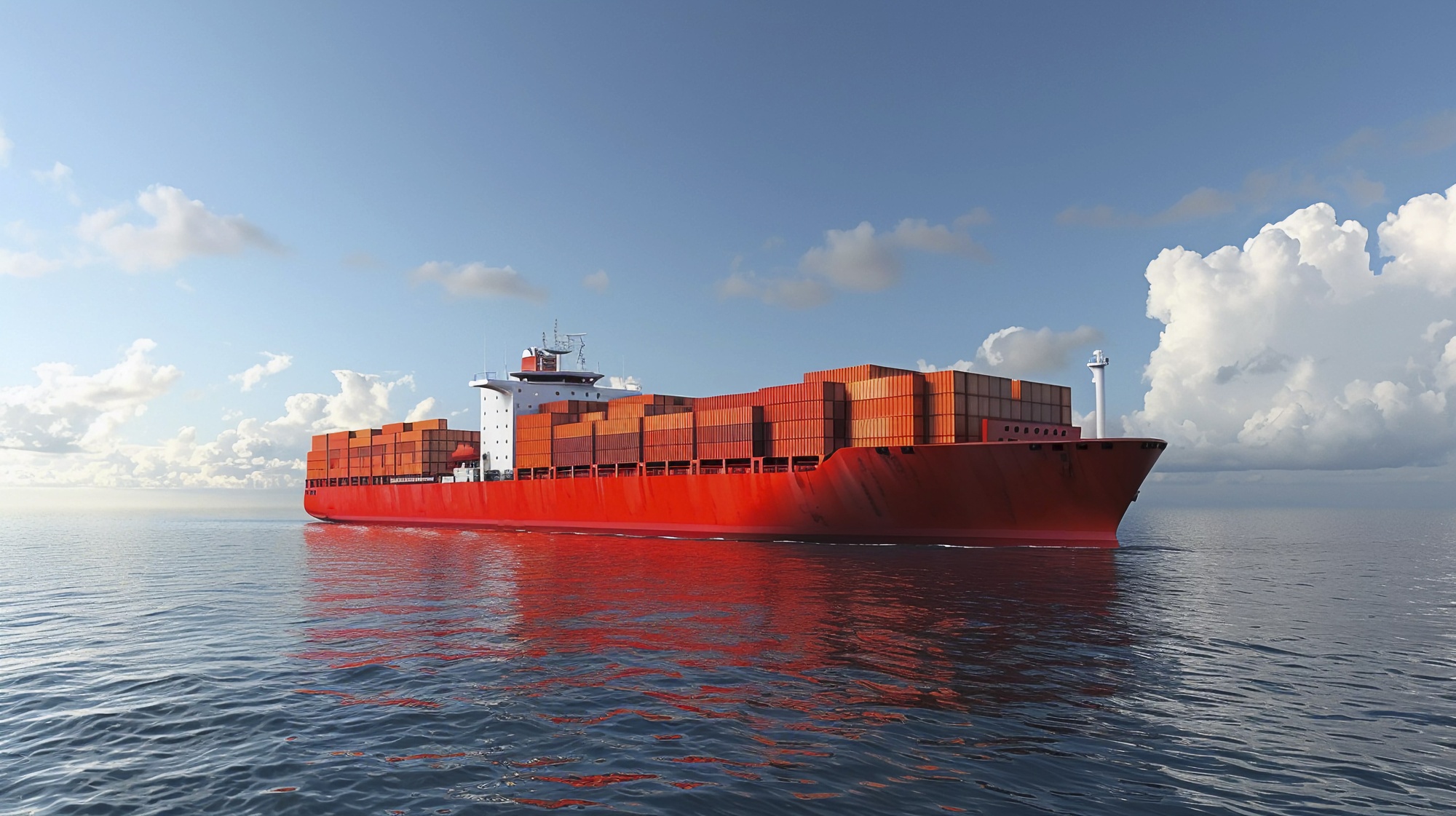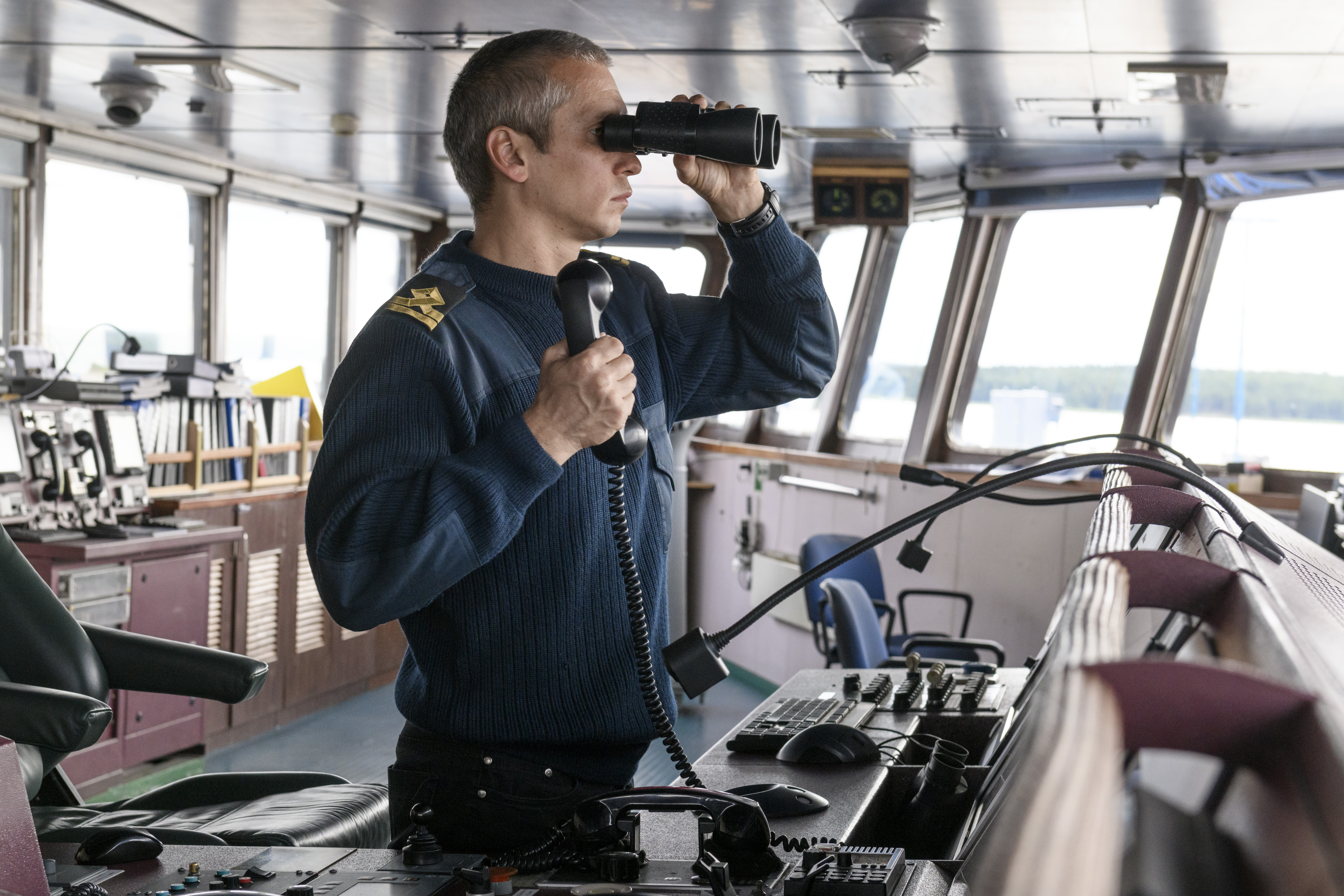Carriage of timber cargoes is regulated internationally by the IMO “Code of Safe Practice for Ships Carrying Timber Deck Cargoes” and the IMO Supplement (9/1978) to this Code. Every ship engaged in this trade shall carry these publications. Order replacements if they are not found onboard. Masters involved with the stowage and carriage of timber deck cargoes should have a full knowledge understanding of these rules.
and thorough
Masters and Chief officer are reminded of the importance of using slip hooks or other satisfactory cargo securing appliances. If circumstances make access to the slip hooks impossible or dangerous or if the slip hooks become strained a set of wire or metal cutters could prove invaluable. Ships engaged in this trade should ensure they have a pair of wire cutters which should be kept in a readily available location.
Attention is drawn to the danger to ship’s personnel inherent in the jettisoning of deck cargo, should this become necessary. An assessment of the situation might, under certain circumstances indicate that the jettisoning operation would be accomplished more safely with the aid of a system of additional temporary lashings sited such that the final release can be made from a safe position.
Only wire rope slings of adequate size should be used for discharging logs.
Tongs should only be used to break out loads.
Note: The hatch covers and hatch coatings of ships engaged in the trade of carrying timber or heavy parcels, also those of ships carrying deck cargoes such as containers on top of hatch covers, are likely to suffer very rapidly from excessive deformations. Masters should be aware that extra maintenance may be necessary to always ensure the weather tightness of such hatch covers. This is particularly important when the vessel changes its trading part rn.




